Who technology has taken work
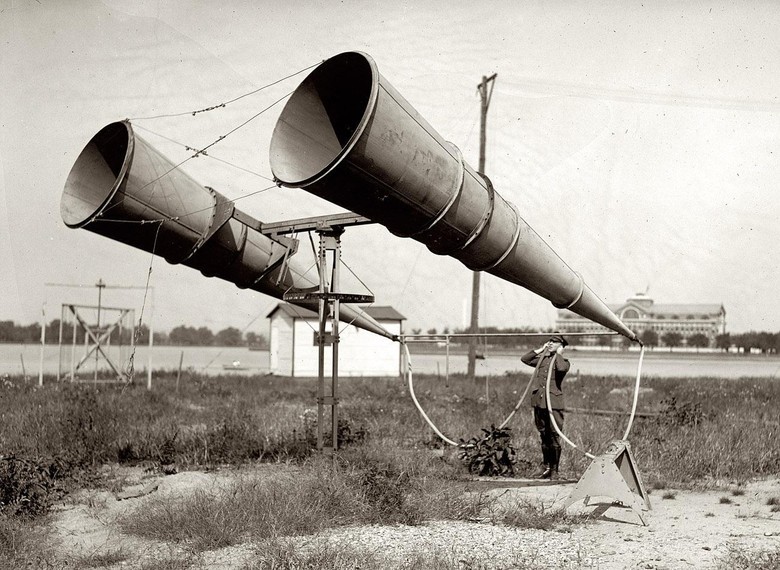
Nowadays, there is a certain threat associated with the development of digital technologies and frightening the representatives of different professions - replacing their work activities with humanoid robots. People imagine how robots sit at their desktops, do their work - and the need for them instantly disappears. And such concerns are supported by very real examples from history. So, in the last century, many professions were victims of the industrial revolution.
History, as is well known, develops in a spiral, and long-past events occur again and again in new layers of reality. The abstract fear that you will one day be replaced by a neural network actually has its foundation.
Disappeared professions of the last century
Coachman
The fear of today's office workers has much in common with the fears of the drivers of the 20s of the twentieth century, when their profession disappeared instantly, thanks to the widespread use of automobiles and, later on, public transport.
')
In the 17th century, coachmen appeared in Russia — a curbing in the public service for the delivery of mail, public goods, and transportation of officials. They lived in special "Yamsky" settlements and received money and powder salaries from the treasury. Later, the driver was transferred to the estate of state peasants. Before the spread of railway transport, they were important for the economy of the country.
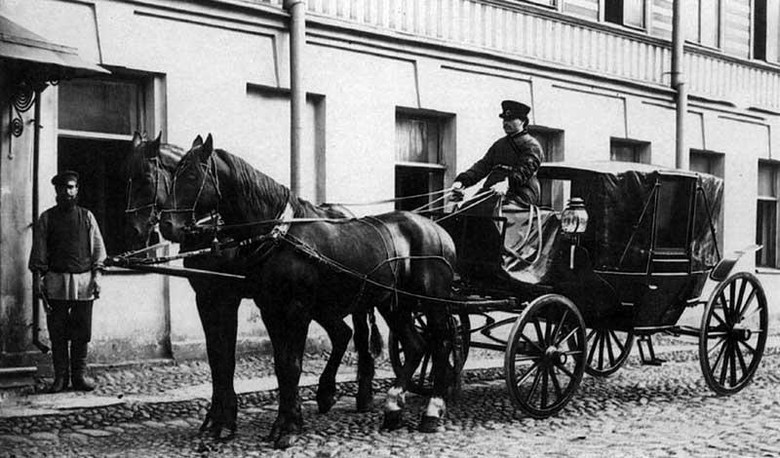
Thanks to the advent of cars, children and grandchildren of drivers were able to find a good job in the areas that the fast-growing automotive industry offered them: automotive, car repair, commercial travel, home delivery, mass tourism, road construction, gasoline business, and so on.
Wheelwright
The professions related to the carriage, also suffered from the spread of cars. Wheelchair workers, artisans who make wheels, carts and carriages were not in the business. This profession was very much in demand before the industrial revolution, but with the advent of mass production began to gradually disappear.
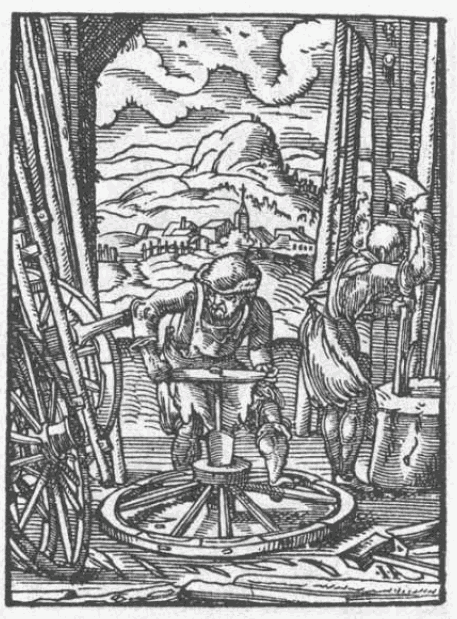
Man alarm clock
At about the same time, the invention of the alarm clock contributed to the disappearance of the profession of the man-alarm clock. It existed during the industrial revolution in England and Ireland: representatives of this profession woke up the workers before the shift. They used bludgeons, sticks, canes with which they knocked on customers' doors on the ground floor, or long and light sticks made of bamboo to reach the windows on the upper floors. For his work, the man-alarm clock received a few pence a week. Such work suited older people and women who could not work in factories.
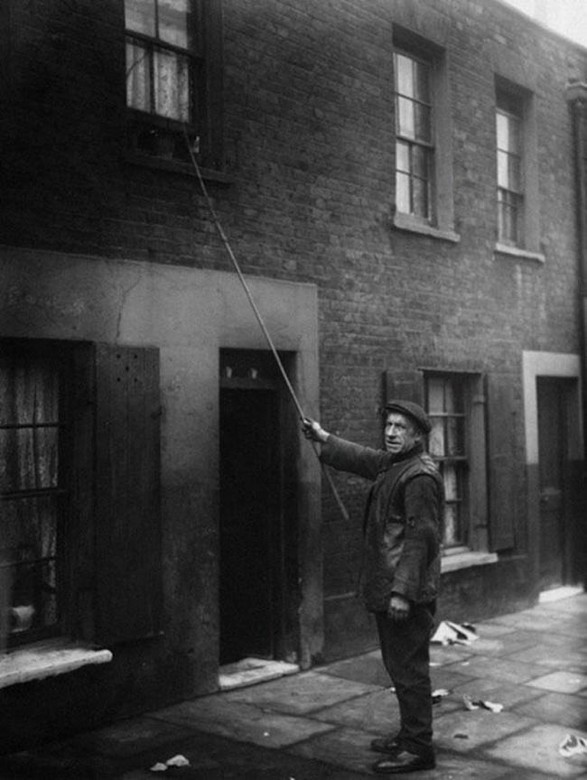
Telephone operator
The invention of automatic telephone exchanges at first threatened, and then completely destroyed the profession of a telephone operator.
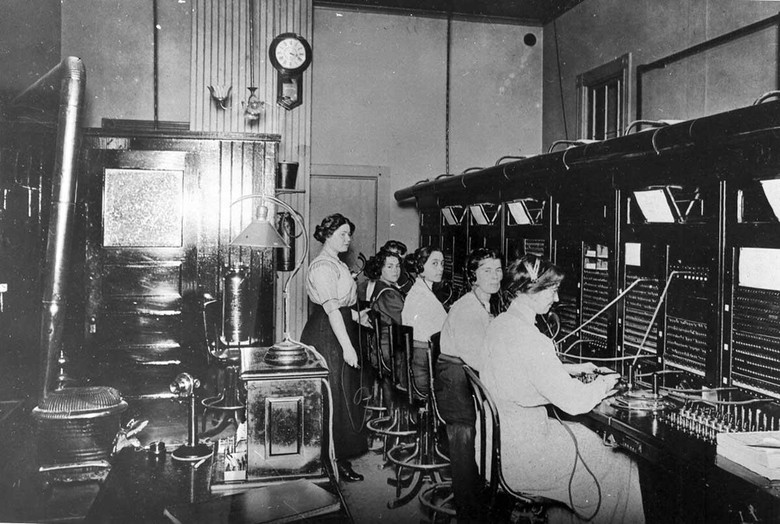
Representatives of this profession were mostly girls. Telephonists sat at a special string board, switching and connecting telephone lines with each other. The work was rather nervous - according to the standards, the connection in the manual mode was allotted only eight seconds, the client could be nervous and fail. Telephone operators worked manually until the 1980s — this system continued to be used for international calls.
Ice Maker
Such a household appliance as a refrigerator, which appeared in the 40s of the twentieth century, caused the disappearance of a very curious profession — an icemaker.

Before this, food was stored in special glaciers, cabinets with ice. Ice-cutters cut ice from frozen lakes and rivers, and then several times a week they transported ice blocks to their homes.
Reader
Radio, in turn, replaced readers in factories. Since the labor of the workers was monotonous, the readers were entertained by reading aloud various political manifestos, newspapers and texts devoted to workers' unions. Often the workers themselves hired the readers themselves, for which they independently collected money to pay for their labor.
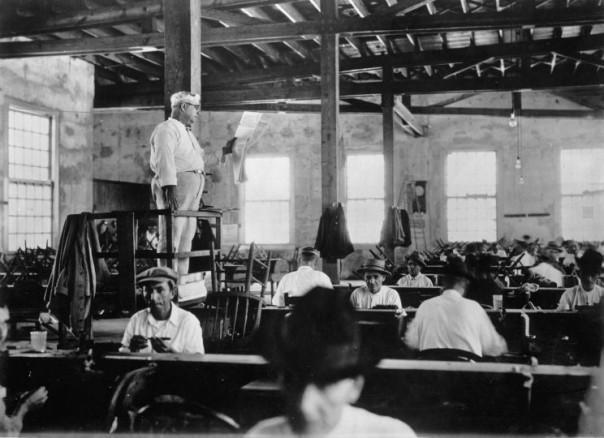
Calculator
Prior to the invention of the computer computer profession existed. The calculators made long and tedious calculations by hand and worked in a team. Each team member did his part of the job, so the teamwork went on in parallel.
It is known that the origins of this profession originate from astronomy. The term "computer" (English computer ) - "the person who calculates" - was first recorded in written sources in English in 1613.
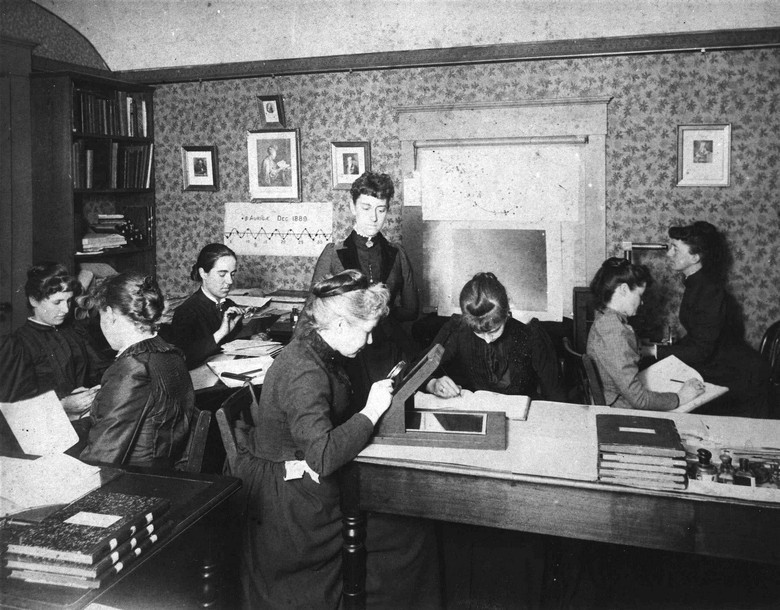
The scientist Alexi Claude Cleero in 1758 divided the counting work to calculate the date of the return of Comet Halley between two colleagues: Joseph Jérôme Lefransoy de Lalande and Nicole-Reine Lepot. This position allowed Lefrançois de Lalande to move up the career ladder, while for Nicole-Rhine Lepot there was no such opportunity. Women at that time were considered cheap labor. But that all changed in the late 1880s. Renowned astronomer Edward Pickering at the Harvard Observatory founded the division "Harvard Calculators". It consisted of capable girls who were engaged in astronomical calculations. Some of them were subsequently able to become famous astronomers: Annie Cannon, Villamina Fleming, Henrietta Leavitt, Anthony Mori and Anna Winlock.
The job of calculators on the Manhattan Project became key during the Second World War. Six women calculators became famous as the first ENIAK programmers: Kay McNulty, Betty Snyder, Marilyn Weskoff, Ruth Lichterman, Betty Jean Jennings and Fran Bilas.
After the end of the war, calculators worked at NASA on projects related to flights. In the future, the need for this profession has disappeared due to the development of computers.
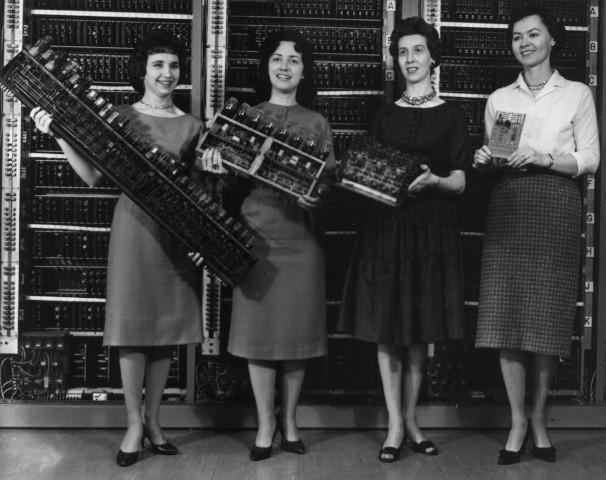
From the end of the 20th century, people began to call computers capable of a quick oral account, performed using mathematical algorithms solely on the basis of visual representations without uttering words about the actions performed and the results obtained.
Scribe
The forefather of such professions as a journalist, lawyer and accountant, became the profession of the scribe, which disappeared with the advent of typography. The scribe professionally rewrote books and documents by hand. Historically, the scribes conducted the affairs of large landowners, kings, chronicled at temples and cities, and also copied various texts (including scriptures).
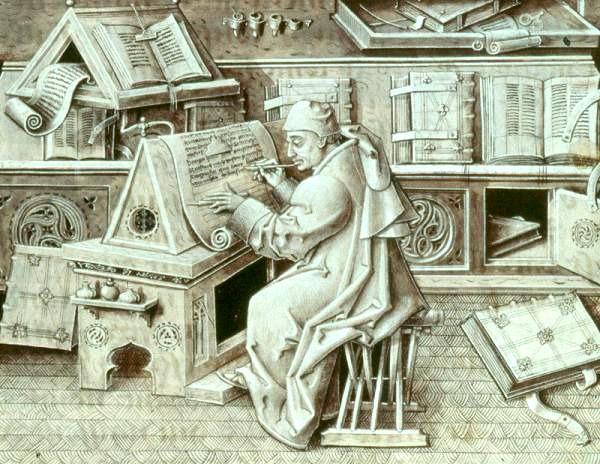
Lamplighter
Before the invention of electric lanterns, large cities were illuminated with the help of candle or gas lanterns, which torched the lamplighters. To get on the lantern, they used long ladders, and set fire to it with matches or oil lamps. Their functions included: igniting and extinguishing lamps, filling tanks with flammable liquid, and repairing lamps.
For example, in New York at the beginning of the 20th century, lamplighters lit 200-300 lanterns per hour.
The profession has partially disappeared with the advent of gas lamps, which are automatically lit at a certain time, without human intervention. Today, the functions of lamplighting are performed by network engineers and electricians.

Radar man
It is hard to imagine, but prior to the invention of the radar, radar people manually performed their functions using acoustic mirrors and listening devices to detect the sound of the engines of approaching aircraft. In the first half of the last century, the profession was considered very popular.
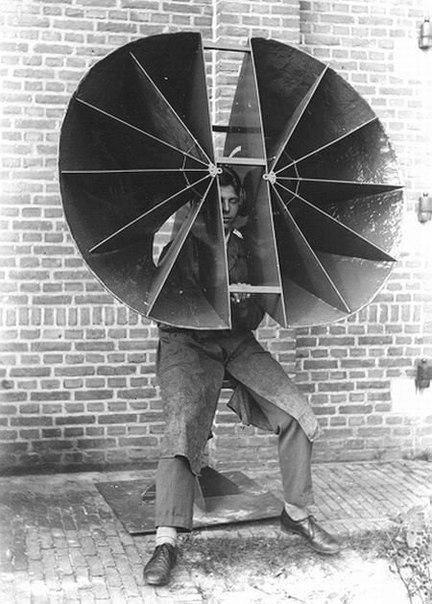
People with very keen ears were taken to such positions. They wore huge ears-locators, which served as "sound mirrors". They caught the sounds of approaching aircraft and transmitted information to human ears. But they had one major drawback: they caught the frequency of aircraft flying at low speed, and also could not distinguish the military machine from the civilian.
Burlak
The appearance of steamboats contributed to the disappearance of the profession of barge haulers. Burlaks called hired laborers in Russia of the 16th – early 20th centuries, who, walking along the shore, pulled with the help of tow riverboats against the current. The work was seasonal: the boats were pulled in the spring and autumn. The work of barge haulers was very heavy and monotonous. The speed of movement depended on the strength of the wind.
In the Russian Empire, the city of Rybinsk was called the capital of barge dwellers from the beginning of the 19th century. In the summer navigation, a quarter of the entire Russian burlachey passed through it.
The famous painting “Barge Haulers on the Volga” by Ilya Repin is dedicated to burlaks.
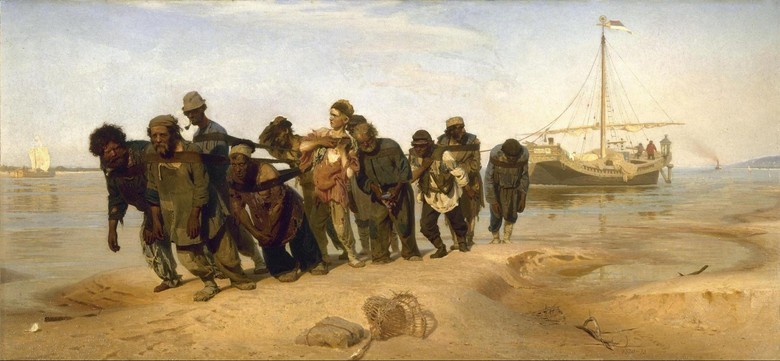
Water carrier
Before the advent of the centralized water supply, water carriers were brought to the houses. They collected water at the source, poured it into containers and delivered it.
The invention of the plumbing as such did not destroy the profession. London water carriers, for example, continued to draw water from the river until the XIV century, despite the presence of water supply. In St. Petersburg in the middle of the XIX century, 37 pumping stations operated; from them the water in buckets spread waterpots through the city.
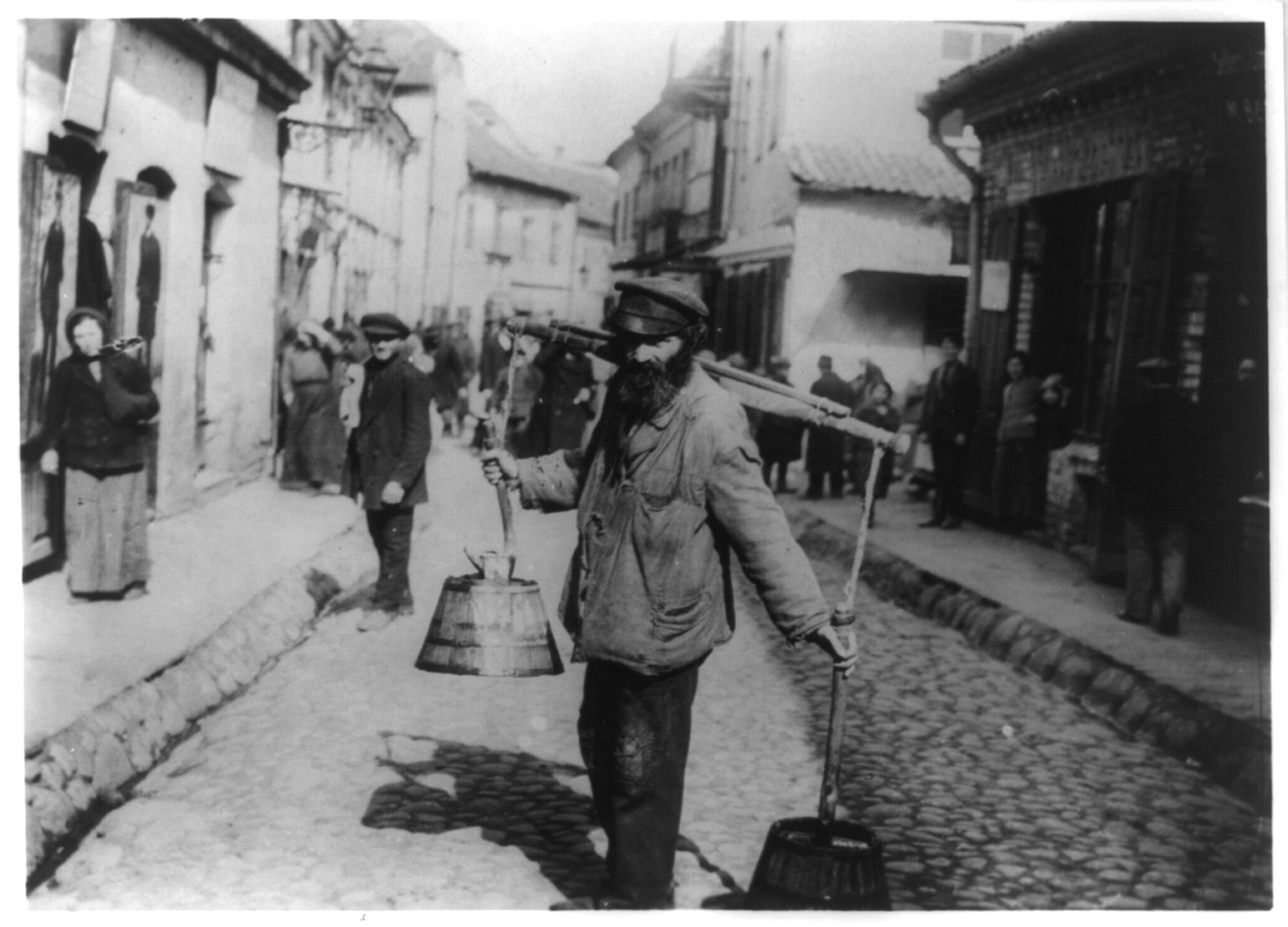
Conclusion
Good specialists in narrow segments of knowledge have always been in high esteem, but they inadvertently make themselves dependent on the success of the entire industry, to which they dedicated their lives. Those professionals who receive knowledge in various fields have a better chance of adapting to the rapidly changing realities of the world. The saying “a successful person is successful in everything” is best suited: if you have found a way to become the best of the best in your field, you will most likely find methods that allow you to become a good worker in the area to which robots and artificial intelligence will attempt last.
Source: https://habr.com/ru/post/397819/
All Articles